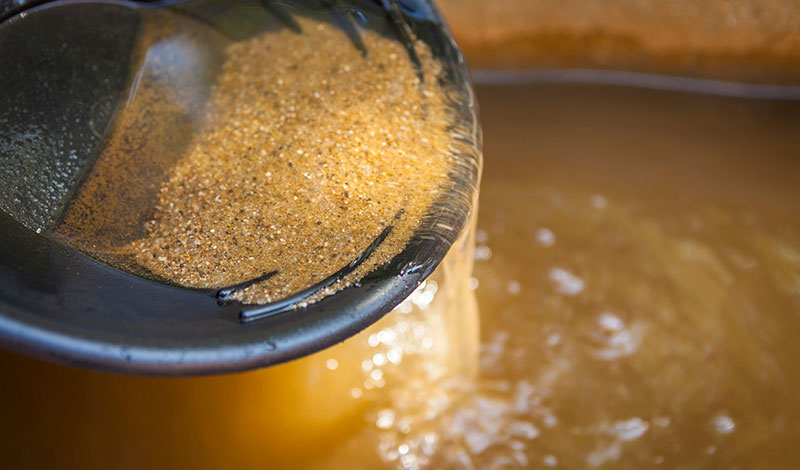

Make Refurbished Equipment a Part of Your Total Design Solution
Posted on
This November, many companies will take advantage of surplus capital before their budget is set for the upcoming year. In a recent survey of nearly 150 compound semiconductor manufacturers on their capital expense budgets, around 42% of companies predict their capex budget will increase in 2019, while 31% predict a decrease. In an ever-changing business… Read More







